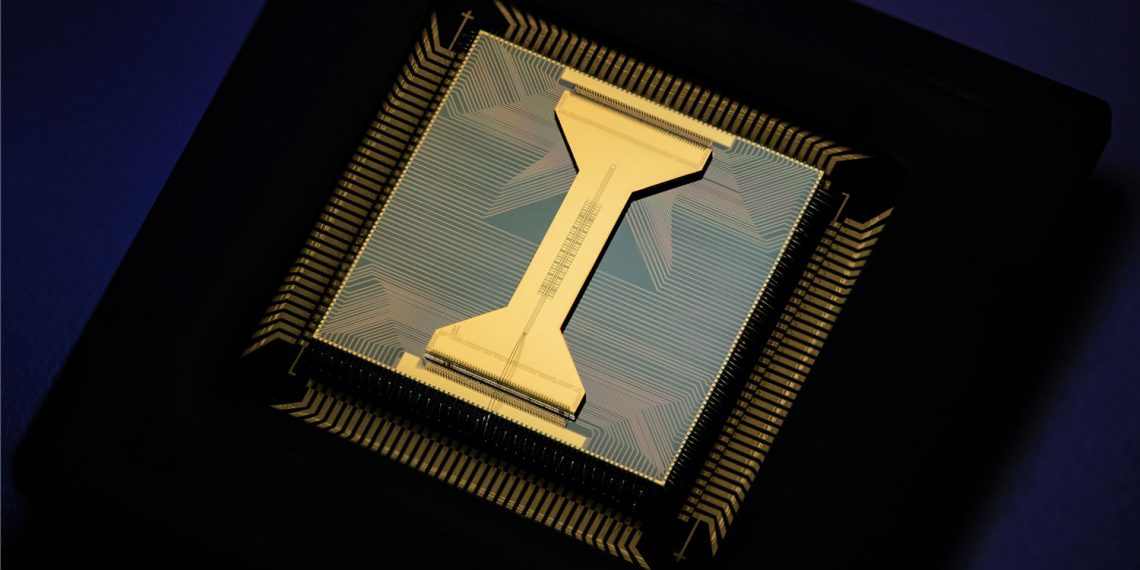INESC TEC researchers proposed an innovative method for evaluating quantum computers, capable of combining thorough verification and practical applicability.
As the global race to develop quantum computers intensifies, this research presents a new approach to quantum benchmarking – the process of testing and evaluating the performance of quantum computers.
Unlike current methods, which rely on heuristics – practical shortcuts with no formal performance guarantees – the new protocol Heuristic-free Verification-inspired Quantum Benchmarking is based on solid theoretical foundations.
“Inspired by quantum verification protocols, this new method allows us to evaluate the computational power of quantum machines without needing to know their internal mechanisms, treating them as true ‘black boxes’,” explained Michael Oliveira, INESC TEC’s researcher in quantum computing.
This protocol stands out for being scalable, independent of the hardware used, and capable of providing formal performance certificates, indicating the types of quantum circuits that it can execute reliably (thus generating reliable performance certificates).
It’s worth mentioning that this protocol has already been used in one of today’s most advanced quantum computers, the H1-1 ion-trap quantum processing unit from Quantinuum, a British company that has been producing impressive results with its machines. “In this case, the tests showed which types of circuits this machine is capable of executing correctly, making it easier to adapt and increasing the chances of success when implementing quantum algorithms on it,” he added.
This research was published in Quantum Science and Technology, a leading journal in the field of quantum computing and rated Q1, and presented at the DPG 2024 and Quantum Theory in Practice (QCTIP24) conferences.
The researcher mentioned in this news piece is associated with INESC TEC, U.Minho, INL and Sorbonne University.



 News, current topics, curiosities and so much more about INESC TEC and its community!
News, current topics, curiosities and so much more about INESC TEC and its community!